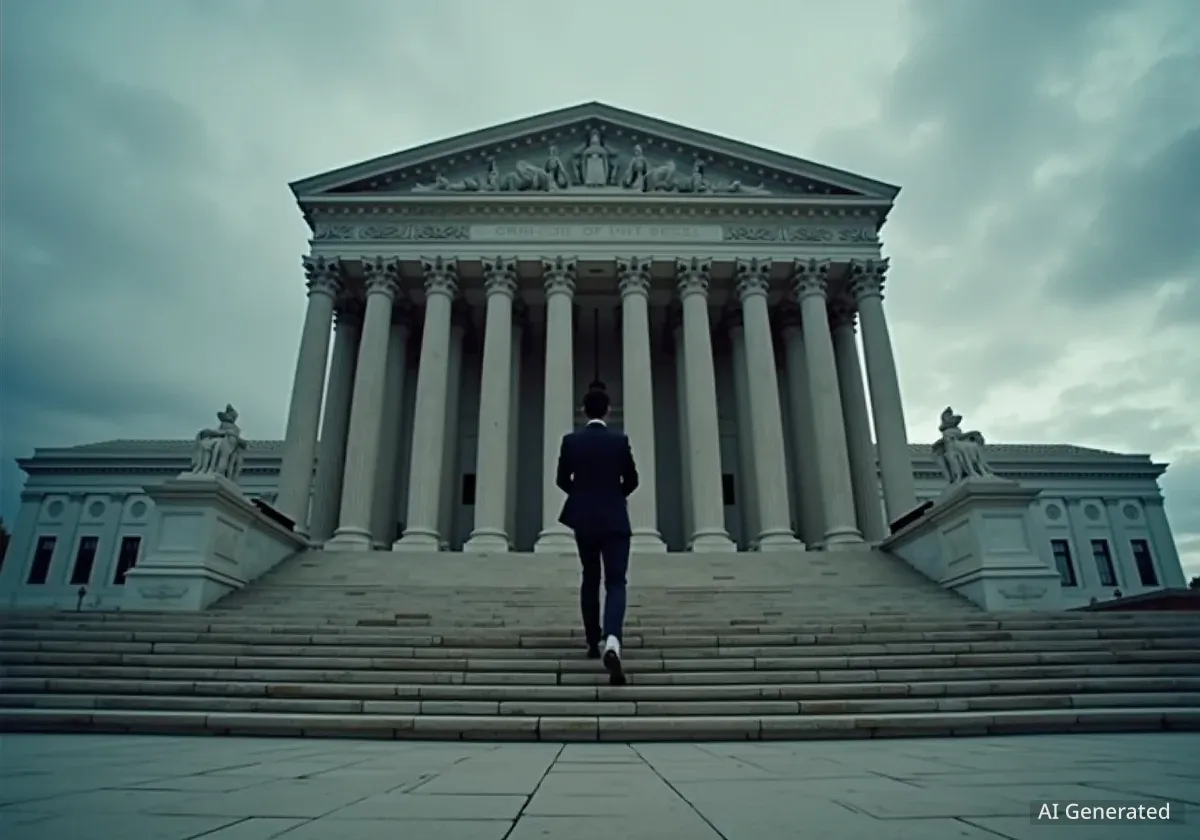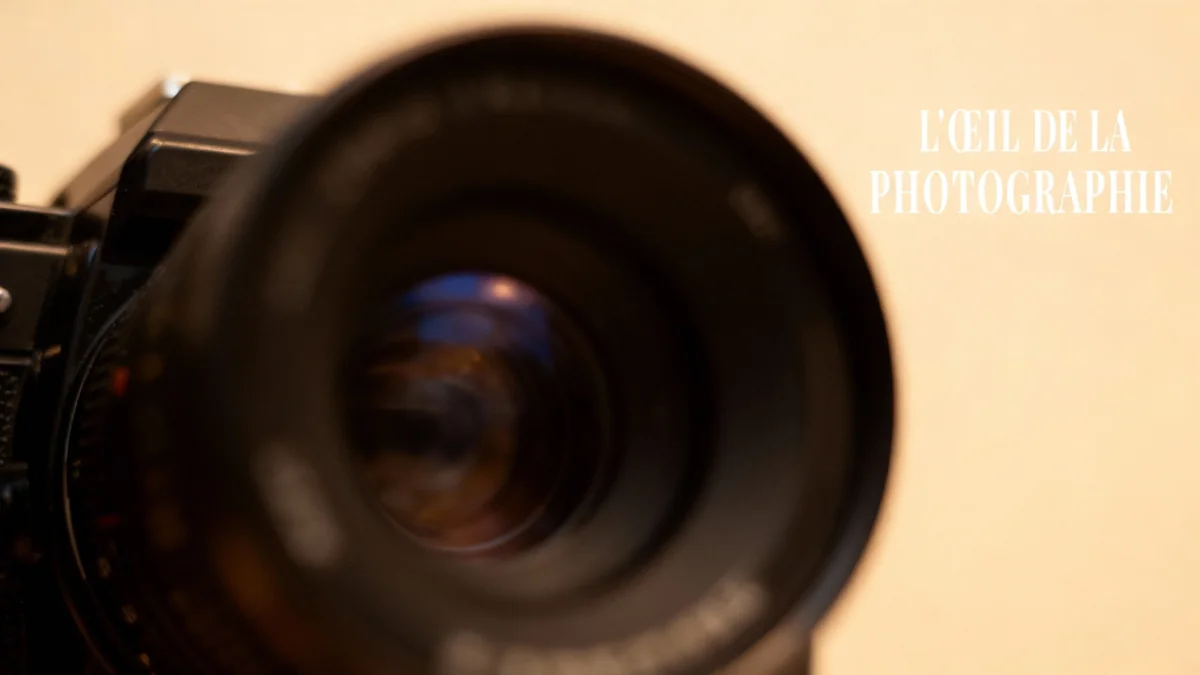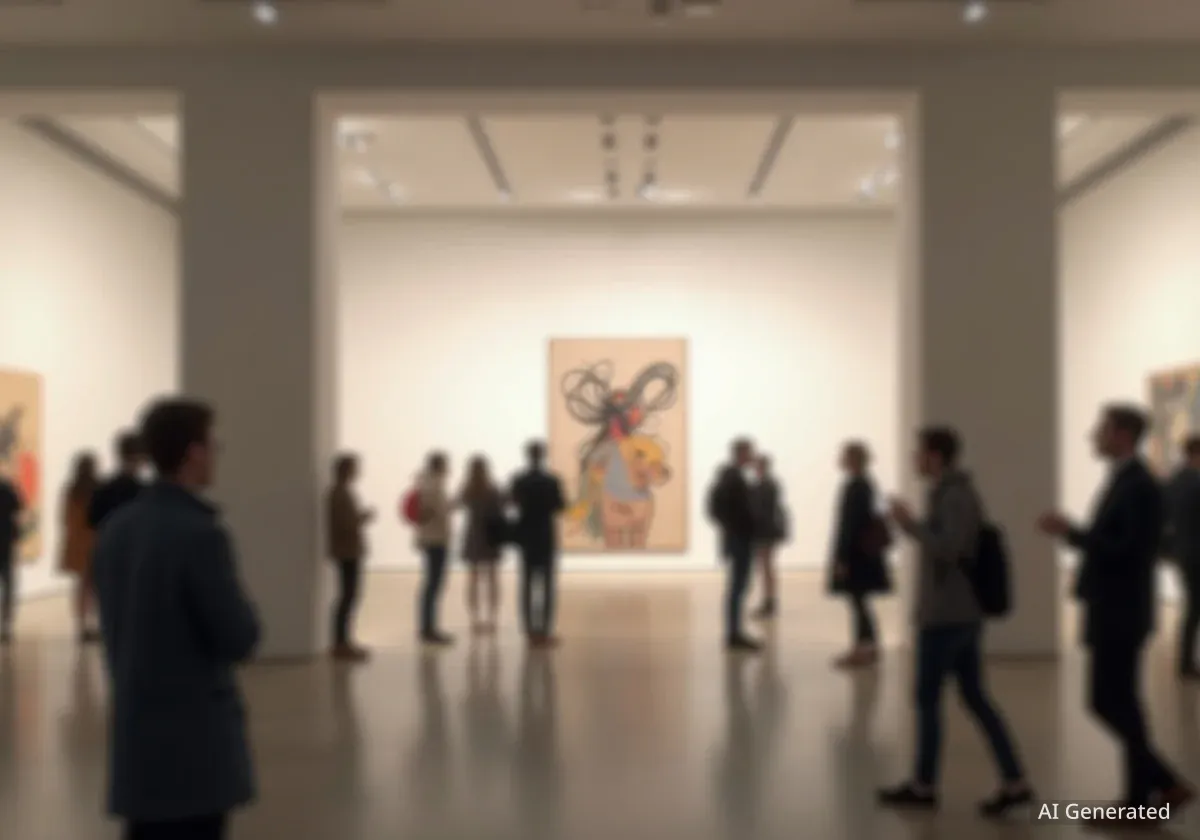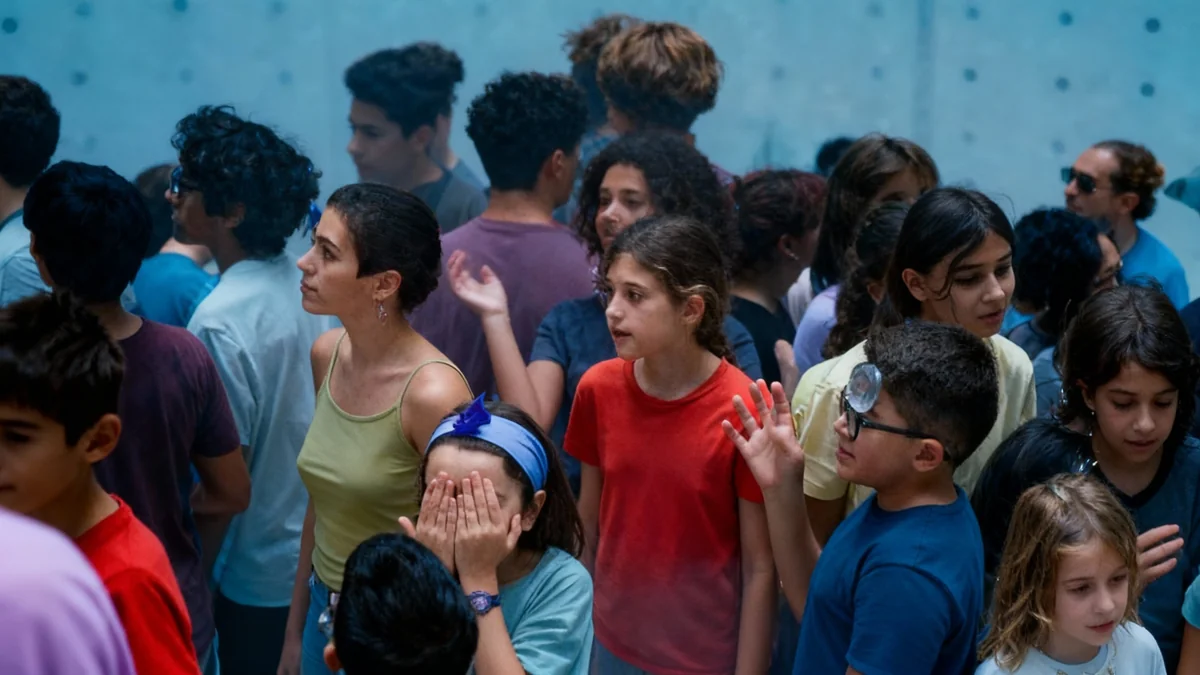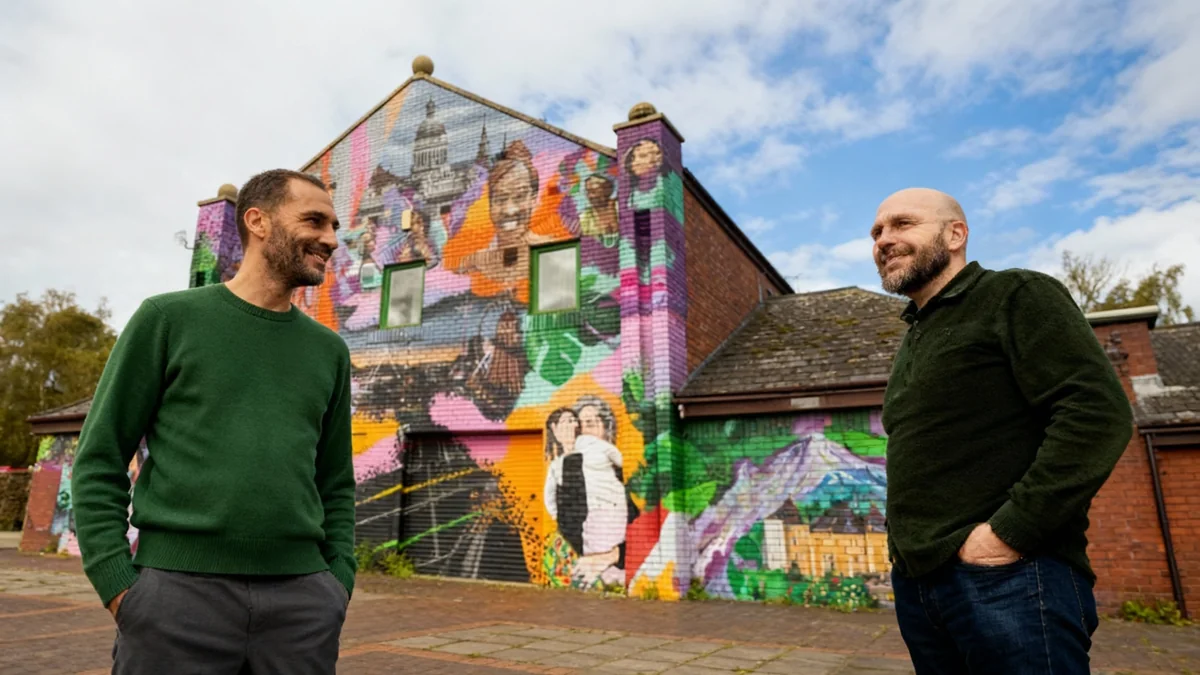A legal battle over the authorship of one of the most recognizable portraits of the late Queen Elizabeth II has reached England's High Court. Artist Rob Munday has filed a lawsuit against photographer Chris Levine, claiming he was a co-creator of the celebrated holographic works and has been denied proper credit for two decades.
The dispute centers on the portraits Equanimity and Lightness of Being, created in 2004. Munday, a specialist in holography, alleges his technical and artistic contributions were essential to their creation, making him a joint author. Levine refutes this, describing Munday's role as that of a technical assistant rather than an artistic partner.
Key Takeaways
- Artist Rob Munday is suing photographer Chris Levine, claiming joint authorship of two famous holographic portraits of Queen Elizabeth II.
- The works, Equanimity and Lightness of Being, were created in 2004 and are held in the National Portrait Gallery.
- Levine maintains he was the sole artist commissioned and that Munday was a technical subcontractor on his team.
- The lawsuit seeks formal recognition for Munday's alleged role and a public acknowledgment of joint creation.
A 20-Year Dispute Over Artistic Credit
The legal action brings a long-simmering disagreement into public view. The portraits in question were originally commissioned by the Jersey Heritage Trust in 2003 to mark the 800th anniversary of the island's loyalty to the British Crown. The resulting images, particularly Lightness of Being which depicts the monarch with her eyes closed, have since achieved international acclaim.
Rob Munday, who has worked in the field of holography since the 1980s, argues that his specialized expertise was not merely technical support but a fundamental part of the artistic process. He is now seeking a court declaration that he is a co-author of the works.
"I’ve been going through this cycle for 20 years," Munday stated in an interview. "It felt like this had to be fought now or never."
The lawsuit filed in England's High Court contends that Levine and his company, Sphere 9, infringed upon Munday's moral rights by failing to credit him as a co-creator. Munday asserts that a previous settlement with the Jersey Heritage Trust in 2005 had already established their joint authorship, an agreement he claims has been breached.
About the Portraits
Commissioned: 2003 by the Jersey Heritage Trust.
Created: Across two sittings in 2003 and 2004.
Notable Works: Equanimity and Lightness of Being.
Significance: The works are among the most famous depictions of Queen Elizabeth II and are part of the National Portrait Gallery's collection.
Conflicting Accounts of Collaboration
Chris Levine strongly contests Munday's version of events. In a public statement, Levine positioned himself as the sole artist behind the project and characterized Munday's involvement as that of a hired technician.
"Mr Munday does not hold any copyright in Equanimity or Lightness of Being," Levine's statement reads. He described Munday as a "technical subcontractor" who assisted in the production "as part of my team, not as an artistic partner." Levine has vowed to defend his claim to sole authorship vigorously.
"Any claim on my rights will be fiercely defended. This is my art," Levine declared.
This is not the first legal issue connected to the portraits. In 2024, the Jersey Heritage Trust brought a separate case against Levine concerning an alleged breach of contract over the sale of unlicensed editions. That case was settled out of court.
The Previous Settlement
A joint statement released after the 2024 settlement acknowledged Levine as "the sole artist commissioned by the Jersey Heritage Trust to create the portrait." However, it also recognized the contributions of several collaborators, including "holographer Robert Munday of UK Company Spatial Imaging."
The Instagram Post
According to Munday, the final catalyst for the current lawsuit was a now-deleted Instagram post by Levine following the 2024 settlement. In the post, Levine reportedly wrote, "Truth prevailed. I was the sole artist commissioned and am now legally recognized as the sole author of the work." Munday claims this public declaration of sole authorship prompted him to take formal legal action to protect his asserted rights.
The Stakes of the Lawsuit
The case now before the High Court goes beyond financial considerations, touching on the fundamental concepts of artistic creation, collaboration, and moral rights. For Munday, the primary goal is formal recognition as a co-author and a public acknowledgment that the iconic portraits were the product of a joint effort.
The outcome could have significant implications for how collaborations between artists and technical specialists are credited and legally defined in the future. As the portraits continue to be displayed in major institutions and featured in publications, the question of who can claim authorship has become a critical point of contention.
The case is currently ongoing, with both sides preparing to present their arguments in court. The art world will be watching closely as the legal system weighs in on a dispute that has been two decades in the making.
